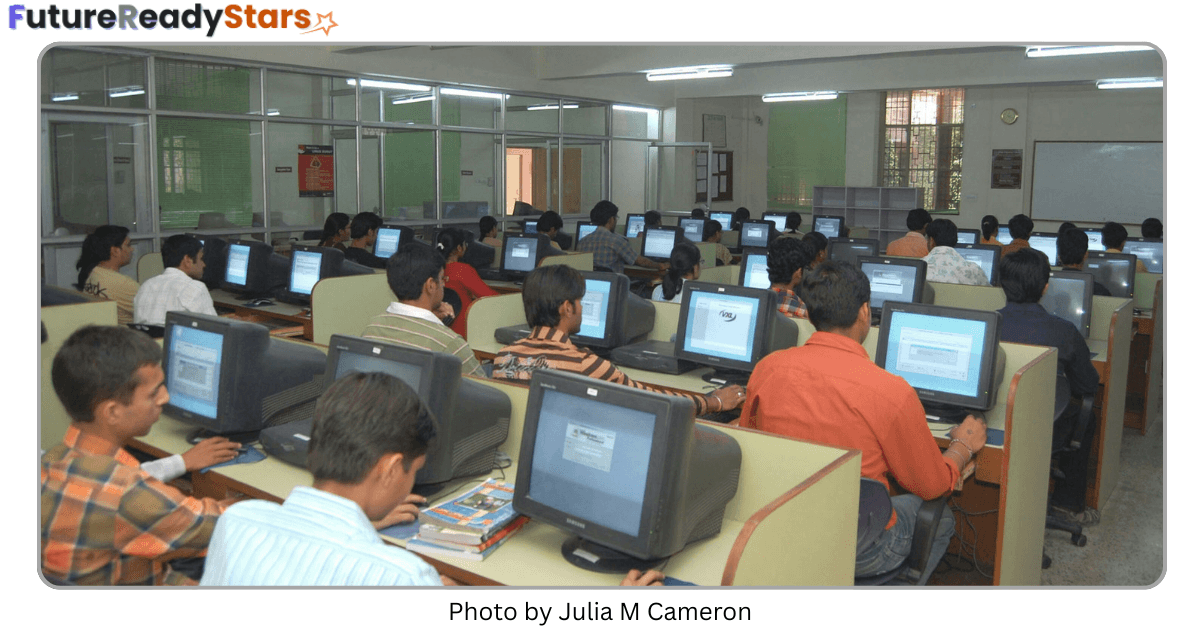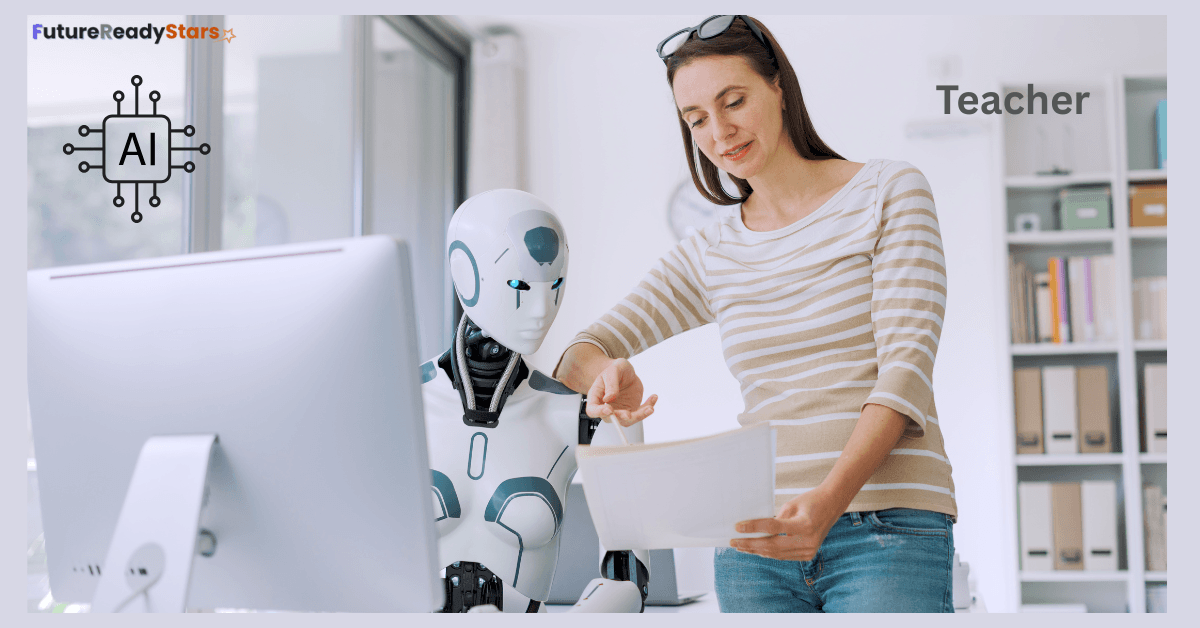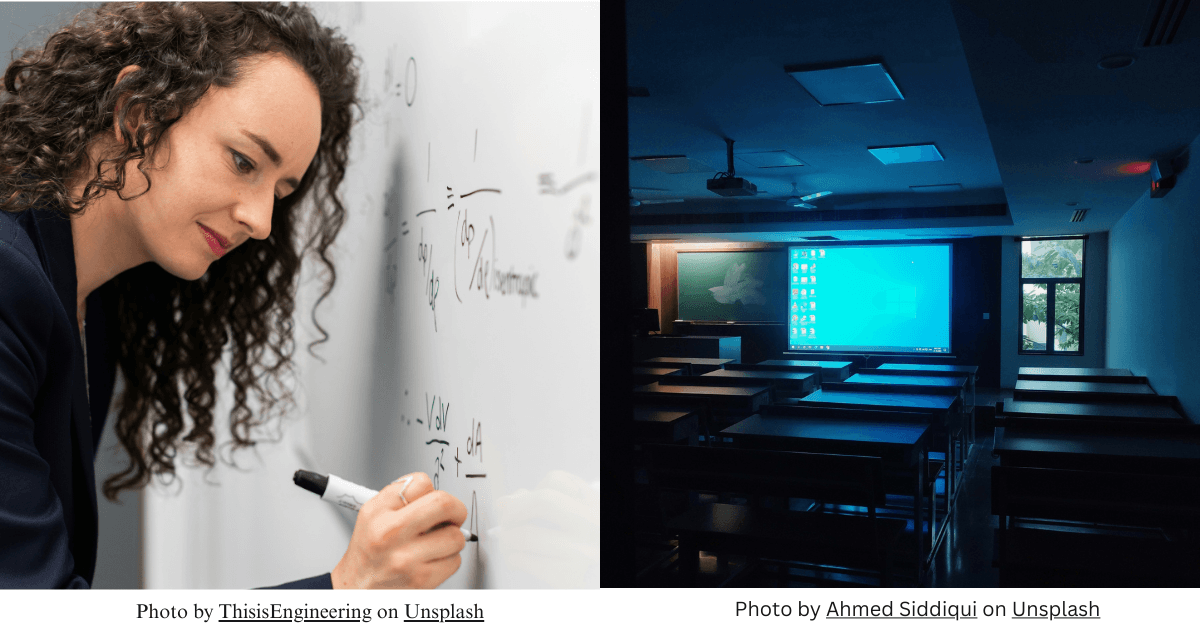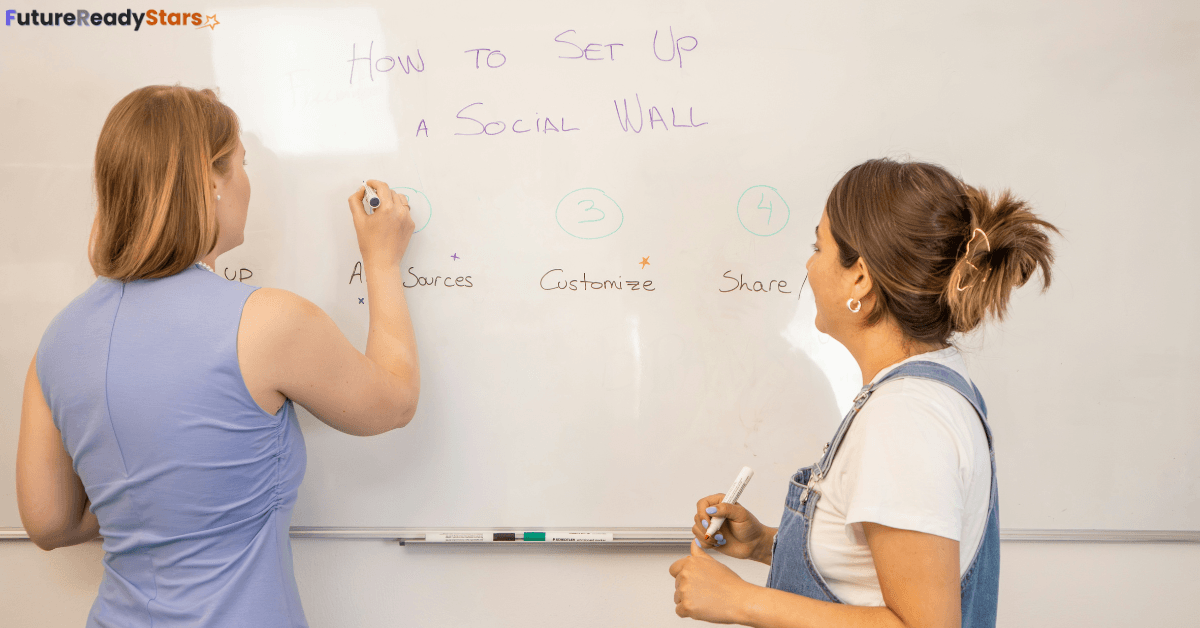Introduction
From chalkboards to chatbots, education has changed dramatically. A few decades ago, teaching meant chalkboards, dusters, and rows of students copying notes. Fast forward to today, and you might find a student getting instant feedback from a chatbot or a teacher using AI to plan personalised lessons. Education has gone through major changes, and Artificial Intelligence is now playing a big part in shaping how we teach and learn.
This article walks through the evolution of teaching—from the simplicity of chalk and talk to the smart world of AI-powered classrooms. Let’s see how far we’ve come and where we might be heading.
🕰️ Education has evolved—but has it improved for every student? Let’s find out.
Also read: How I Built a No-Code AI Chatbot for CBSE & US EducationEra 1: Chalk & Talk (Before 2000)
In the 20th century, classrooms followed a simple model. Teachers stood at the front. Students listened, wrote notes, and prepared for exams. The blackboard was the main tool. Everything was centered around the teacher’s voice and the textbook.
There was very little room for flexibility or creativity. Learning was mostly one-way. Teachers had to handle everything manually—grading, making lesson plans, checking homework.
Still, this system worked for its time. It trained generations of students with discipline and structure. But it had limits. It didn’t work equally well for every student, especially those who needed a different pace or style.
Era 2: Digital Classrooms (2000–2015)

With the rise of computers and the internet, schools slowly started changing. Projectors, PowerPoint slides, and smartboards made classrooms more interactive. Computer labs became common. Students learned to type, search online, and use learning software.
This period also saw the first wave of online learning platforms. YouTube, BYJU’S, and Khan Academy allowed students to study at home at their own pace. Teachers began using digital tools to make lessons more engaging.
Even though technology was growing, teachers remained at the centre. Technology supported them, but didn’t change the core of how teaching worked.
Era 3: The Online Learning Boom (2016–2020)

The years leading up to and during the COVID-19 pandemic brought a major shift. Schools moved online almost overnight. Google Classroom, Zoom, and Microsoft Teams became the new classroom spaces.
Teachers learned to manage virtual classes. Students submitted homework through apps. Parents got more involved, helping children at home.
Online learning showed that education could happen outside the four walls of a classroom. But it also showed the gaps—not every student had internet, not every teacher was trained for digital tools. This is where the idea of using AI in education started gaining attention. EdSurge began reporting on this growing trend.
Also Read: Top 20 AI Tools Teachers Need in 2025 for Better ClassroomsEra 4: AI Enters the Classroom (2021–2025)
In recent years, AI has moved from theory to practice. Tools like ChatGPT, Gradescope, and Khanmigo are now helping both students and teachers.
Here’s what AI can do in classrooms today:
- ✅Grade assignments instantly
- 💬Help students with writing, research, or coding
- 📋Generate lesson plans for teachers
- 📊Track student progress and personalize content
For example, a student struggling with algebra can now use an AI tutor that explains problems step-by-step. Teachers can get quick summaries of which students are falling behind and why.
AI is not just saving time—it’s changing the way learning happens.
According to the U.S. Department of Education, responsibly used AI can support teacher workload and improve student outcomes.” – source: tech.ed.gov
Also Read: ChatGPT for Students: How to Use AI Ethically in School (2025 Guide)From Teachers to AI Assistants: A Shift in Roles

One of the biggest changes is the role of the teacher. In the past, the teacher was the only source of knowledge. Now, teachers act more like guides. They use AI to handle repetitive tasks and spend more time helping students one-on-one.
Let’s say a chatbot helps check grammar in essays. That frees up the teacher to focus on the student’s ideas and creativity.
AI also makes it easier to support students with different learning needs. Some students need visual lessons. Others prefer text or voice. AI can adjust content to match.
Also Read: AI and Teacher Collaboration: Redefining Modern ClassroomsReal-World Impact: Chalkboards to Chatbots in Action
This section highlights the real impact of the shift from chalkboards to chatbots through practical classroom stories.
In a Delhi school, teachers started using an AI tool to grade homework. What used to take hours now happens in minutes. This gave teachers time to hold extra sessions for students who needed help.
In the U.S., an English teacher used an AI chatbot to give grammar suggestions. But she still read each essay herself to give personal feedback. That mix of AI speed and human insight made a big difference.
What’s Next? Future of Teaching with AI
Looking ahead, we might see more voice assistants in classrooms. AI may help detect student emotions and offer help when someone seems lost or stressed. Teachers might get dashboards that show real-time learning progress.
But one thing is clear: AI is not here to replace teachers. It’s here to support them.
Teaching is still about human connection. AI brings tools. Teachers bring heart.
Also Read: The Future of AI in Education: Key Benefits & Trends in 2025Final Thoughts
From chalkboards to chatbots, the classroom has evolved in ways we couldn’t imagine a few decades ago. Each stage brought new tools, but also new challenges.
AI is the latest tool in education, and it has great potential. But its real power comes when combined with the care, experience, and creativity of teachers.
In the end, the best classroom is one where both human and machine work together to help every student learn better.
Want to explore more about AI in education? Visit FutureReadyStars.com for tools, tips, and fresh insights.




